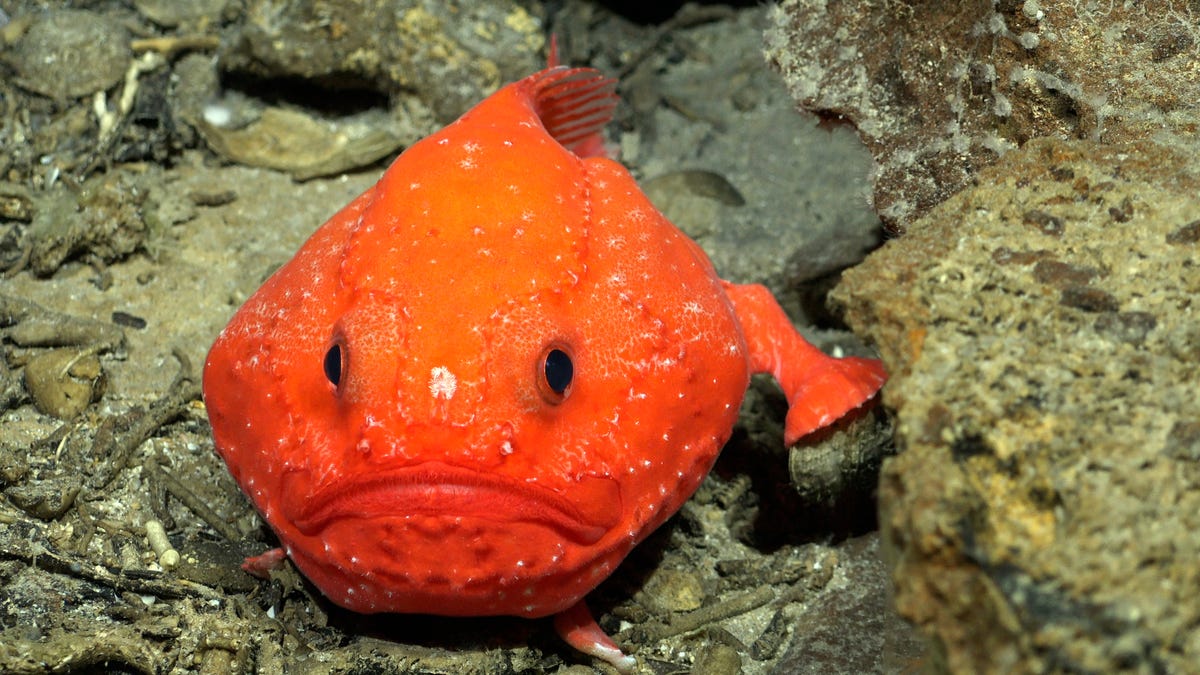Researchers at NIST Put Cloth Face Masks Under a Microscope

At first glance, the images don’t seem like a cloth face mask at all. They look like something out of an art gallery. Some materials, like polyester, look like graceful braids. (I must admit, I was hungry when I first saw these images, so to me, they also looked a little bit like pasta). Others like cotton flannel look like dried grass spread haphazardly on the ground. When you stop and realize that you actually wear these intricately beautiful fibers on your face, it’s quite mind blowing.
Christopher Zangmeister, the lead NIST scientist on a study that analyzed the effectiveness of cloth face masks, told Gizmodo via email that the images really bring the materials to life. Not only that, but they help scientists understand why one material works better than another. Details like the diameter of the fibers, how much open space there is, the fabric’s thickness, and how randomly constructed it is all impact how well a material captures particles, he said.
According to the Centers for Diseases Control and Prevention, covid-19 most commonly spreads through close contact via exposure to the respiratory droplets of an infected person. Droplets are produced when people cough, sneeze, sing, talk, or breathe. Cloth masks block some of the virus-filled droplets and smaller particles, called aerosols, that an infected person exhales. They also offer some protection to the wearer by filtering incoming air, per NIST.
Source link





